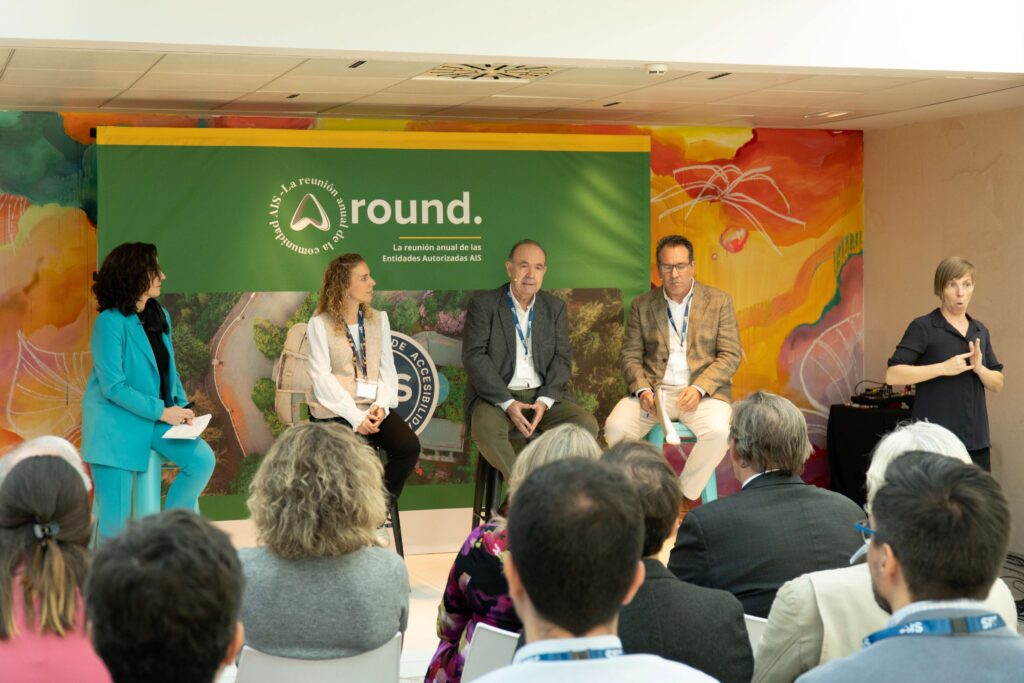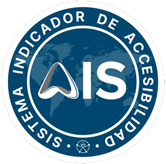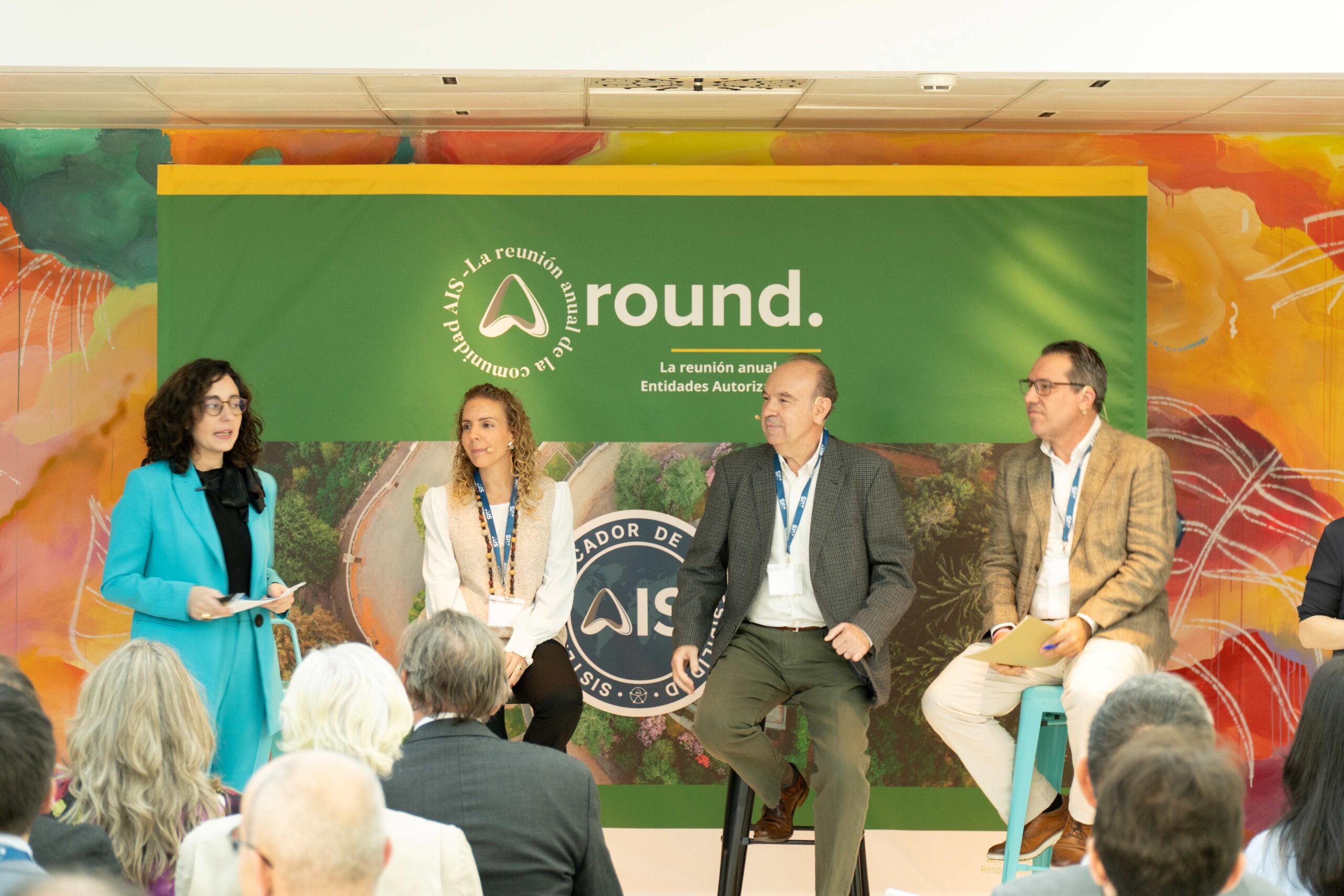- Representatives of the Authorized Entities Agipi, Ingenia and Typsa participated in the round table.
Scope definition is essential to the success of AIS certification projects. This was made clear at the Round Table: ‘The importance of scope definition’, held during the Annual Meeting of AIS Authorized Entities on October 23rd.
Alba Moreno, architect of the Building Department and coordinator of the accessibility group at Typsa; Carlos Robles, Managing Partner of Agipi; and Emiliano Rodríguez, CEO of Ingenia, participated in this round table, which was moderated by Liliana Pellicer, Director of Communications at Fundación ARS and AIS Certificate.
“The scope is the perimeter in which all the areas to be certified are encompassed,” explained Emiliano Rodriguez. And this perimeter can vary depending on the use of the space and the objectives of the asset owner. “The definition of the scope affects the whole project, it is crucial. The service that the client expects is given by the scope,” Carlos Robles specified.

“The definition of the scope affects the entire project, it is crucial.”
Carlos Robles, Managing Partner, Agipi
And who establishes this scope? All the speakers agreed that it is the beneficiary entity that defines this scope, although always under the guidance of an approved technician, who must ensure that the service is provided in an accessible manner and that their work ethic is maintained.
Areas of public concurrence, the most common scope of application
Although in many cases it is determined by the public areas, there are cases in which the scope may include other spaces. Precisely, Alba Moreno indicated that, in the case of the office building they are advising, “they told us that they only wanted to certify the areas for public use, they wanted to leave out the leasable areas”; while Emiliano Rodríguez, on the contrary, explained that in the project in which Ingenia is currently working, “the particularity is that all the areas are susceptible to be considered for public use, for that reason, almost all the areas fall under the certification”.
The Typsa representative also explained that an asset can have different AIS certificates of different scopes. “A building is susceptible to certify as a whole, encompassing the entire building, or independently each rented office and common areas on the other hand.”

